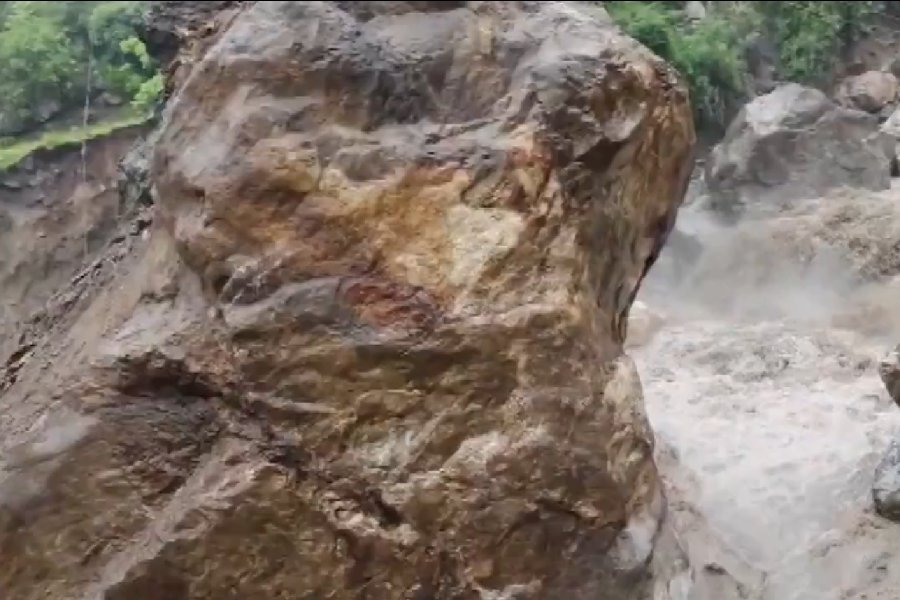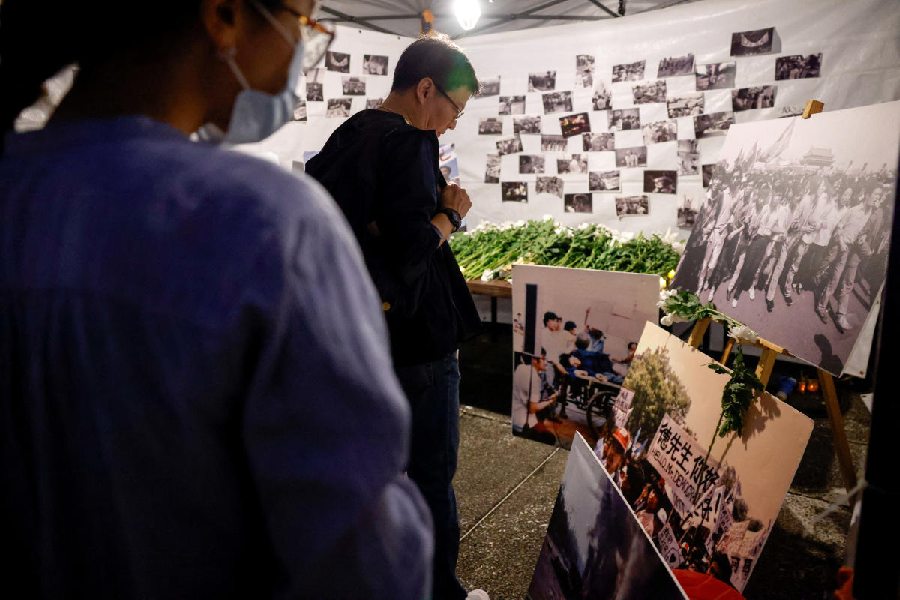Cairo, Sept. 16 (Reuters): Archaeologists will tomorrow send a robot through a narrow shaft to the heart of Egypt’s biggest pyramid, hoping a mysterious vault at the core will shed light on how these royal tombs were built some 4,500 years ago.
Using the same technology that helped search for survivors of the September 11 attacks, “Pyramid Rover” will crawl about 213 feet up an ancient 20 by 20 cm tunnel, drill a hole in a limestone door and then insert a fibre-optic camera to film what lurks inside.
While the probe may not yield treasures as vast as those of the boy-king Tutankhamun, archaeologists hope the contents of the vault will explain the purpose of two puzzling shafts that were discovered in 1872 and are unique to two of the Pyramids of Giza, just outside Egypt’s bustling capital Cairo.
People have long wondered how an ancient civilisation could have built such grand monuments, the last surviving of the seven wonders of the ancient world, with such mathematical precision given only basic tools available at the time. The Great Pyramid of Cheops, the largest pyramid on the Giza plateau, stands about 480 feet high and covers 13 acres of ground. Its base area is reportedly large enough to hold St Peter’s Basilica at Rome, the cathedrals of Florence and Milan, Westminster Abbey and St Paul’s Cathedral in London.
The expedition tomorrow into one of the two passageways rising from the unfinished “Queen’s Chamber” deep inside the pyramid will continue a 1993 robotic probe by German academic Rudolph Gantenbrink. The older robot, equipped with a video camera and a laser measuring device, had first encountered the sealed limestone door fitted with two copper handles. Experts say the new, high-tech robot will go one step further when it drills a hole through the door for the fibre-optic camera.











